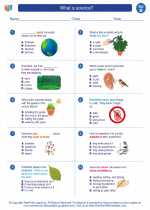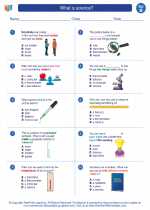Sensory Organs
Sensory organs are specialized body parts that allow living organisms to perceive and respond to the environment. In humans, the five main sensory organs are the eyes, ears, nose, tongue, and skin.
Eyes
The eyes are the sensory organs responsible for vision. They contain photoreceptor cells that detect light and enable the brain to interpret visual information.
Ears
The ears are the sensory organs responsible for hearing and balance. They contain the cochlea for hearing and the semicircular canals for balance.
Nose
The nose is the sensory organ responsible for the sense of smell. It contains olfactory receptors that detect different odors and send signals to the brain for interpretation.
Tongue
The tongue is the sensory organ responsible for the sense of taste. Taste buds on the tongue detect different flavors such as sweet, sour, bitter, and salty.
Skin
The skin is the sensory organ responsible for the sense of touch, temperature, and pain. It contains various receptors that detect pressure, temperature, and pain signals and send them to the brain for processing.
Study Guide
.◂Science Worksheets and Study Guides Second Grade. What is science?

 Worksheet/Answer key
Worksheet/Answer key
 Worksheet/Answer key
Worksheet/Answer key
 Worksheet/Answer key
Worksheet/Answer key
 Vocabulary/Answer key
Vocabulary/Answer key
